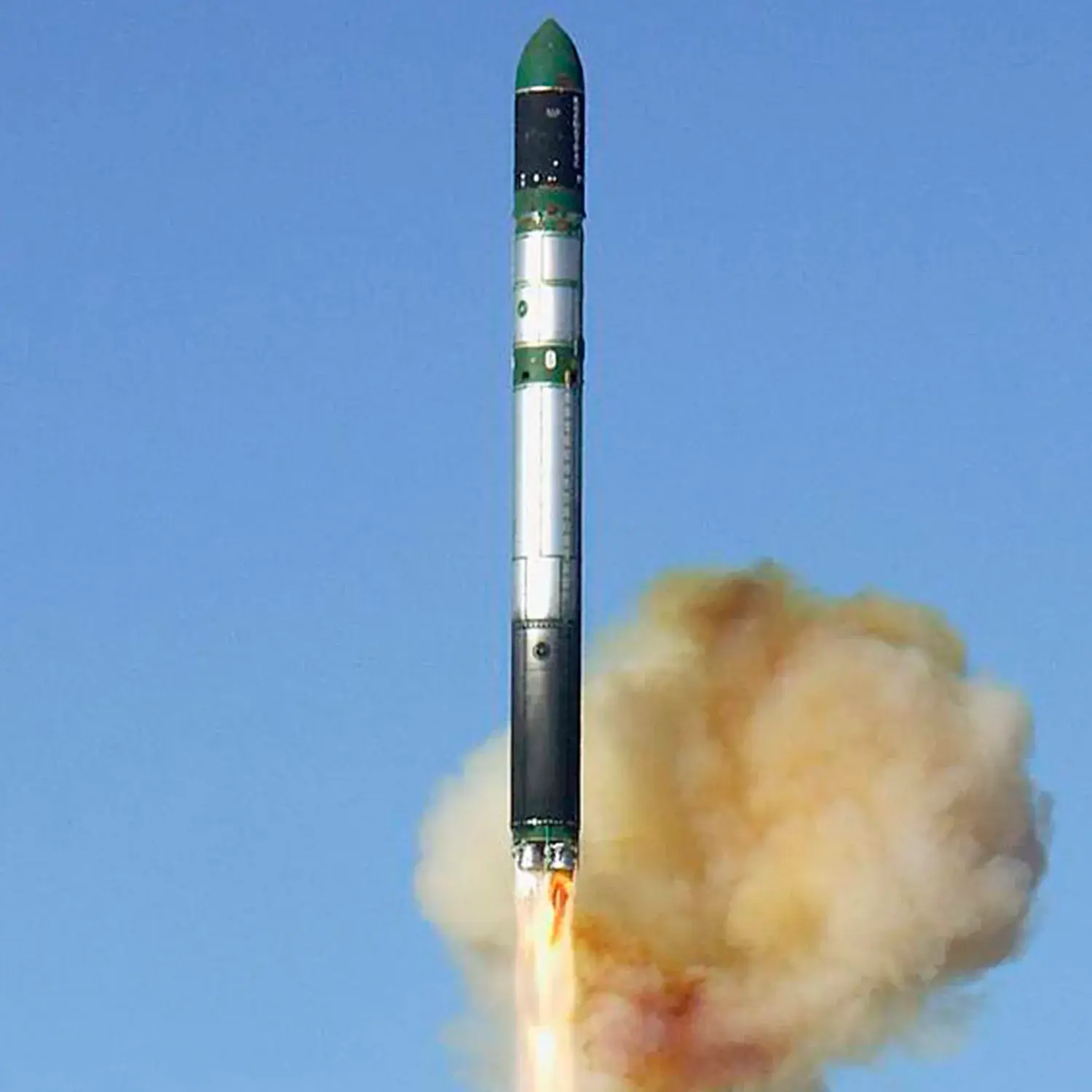Sasuke & Others
Launch Success
Liftoff Time (GMT)
07:35:55
Thursday November 6, 2014
Mission Details
Sasuke
The ASNARO 1 (Advanced Satellite with New system Architecture for Observation) Project, formerly also known as SASKE (Small Advanced Satellite for Knowledge of Earth) and nicknamed Sasuke, started in JFY2008, is to establish next generation small satellite bus system based on open architecture technologies and manufacturing methodologies to drastically reduce the cost and the development period with adoption of up-to-date electronics technologies. The satellite bus system is composed of building block style of subsystem with the Space Wire network, and use high performance COTS, and improve verification test method. The first mission is Earth observation with high performance optical sensor whose resolution is expected to be less than 1 m from 400 km to 600 km orbit, and the total mass of the spacecraft is approximately 400 kg. The spacecraft targets and takes user required images automatically with bus control system, and down link the data through high rate X-band advanced data transmission system.
Low Earth Orbit
1 Payload
495 kilograms
Kinshachi 1
ChubuSat 1 or Kinshachi 1 is micro-satellite built by Nagoya University and Daido University to conduct space debris observation.
Low Earth Orbit
1 Payload
50 kilograms
Hodoyoshi 1
Hodoyoshi 1 is an experimental earth-observing micro-satellite built by the University of Tokyo. It has a 6,8 m ground resolution. Hodoyoshi 1 was developed by Axelspace in cooperation with Next-generation Space Systems Technology Research Association. It carries an optical system for obtaining images with the ground resolution of 6,7 m. It is equipped with CCD sensors with spectral bands of blue, green, red and near-infrared respectively. Near-infrared data will enable to understand the growth situation of plants, which is undetectable only with visible bands.
Low Earth Orbit
1 Payload
50 kilograms
Tsukushi
QSAT-EOS (Kyushu Satellite for Earth Observation System Demonstration) or Tsukushi is an earth-observing micro-satellite built by the Kyushu University.
Low Earth Orbit
1 Payload
49 kilograms
Tsubame
Tsubame is small satellite mission built by Tokyo Institute of Technology, Tokyo University of Science and JAXA to measure polarization of hard X-ray photons (30-200 keV) from gamma-ray bursts using azimuthal angle anisotropy of Compton-scattered photons and to demonstrate new technologies.
Low Earth Orbit
1 Payload
49 kilograms
Launch Site
Stats
Dnepr
21st
Mission
2nd
Mission of 2014
2014
72nd
Orbital launch attempt

